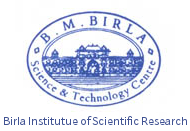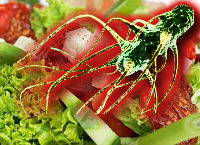Organism Details:
Shape and Size
cylindrical shape,16-34 mm diameter colony growth
Genome Information
Penicillium expansum has linear DNA..(updated soon)
Food Source
Hard Cheeses
Soft Cheeses
Fruits and Vegetables
Delicatessen
Cereals
Spices
Meat and Meat Products prominnantely cause spoilage of pome friuts ,cheery,grapes,strawberries,tomatoes and nuts.
Pathological Factor
Penicillium as a Toxigenic Mould.Recognition of citrinin, patulin and griseofulvin as toxic antibiotics or mycotoxins. Retrospectively, over 120 metabolites from common moulds were demonstrably toxic to higher animals. Growth of mould does not always mean production of toxin. Most toxins can be placed in two broad groups: those that affect liver and kidney function and those that are neurotoxins. ochratoxin A, citrinin and patulin can be produced by Penicillium moulds (food poisoning).
Disease
Penicillium toxins which affect liver or kidney function are asymptomatic. In contrast, toxicity of the neurotoxins is often characterized by sustained trembling.
|








